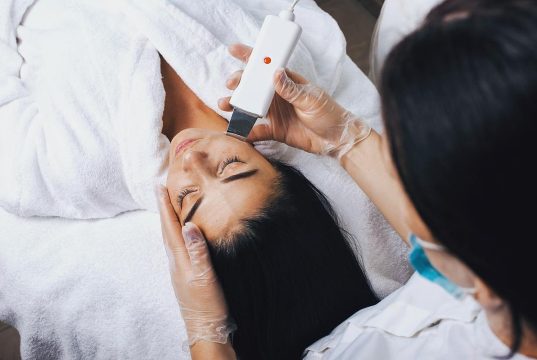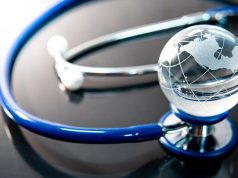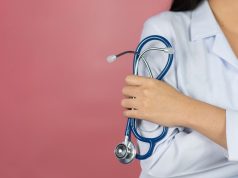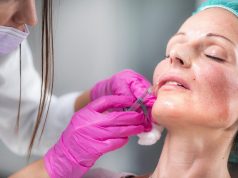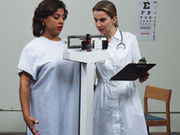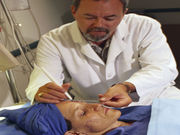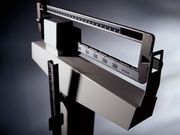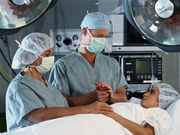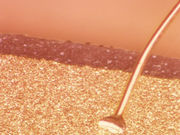Climbazole Ups Retinoid-Linked Biological Activities
Climbazole combined with retinol or retinyl propionate boosted retinoid-related activity
High SPF Sunscreen Offers Better Protection Than Beach Umbrella
More incidence of sunburn with umbrella versus sunscreen, but neither completely prevents sunburn
Obesity Underrepresented in Medical Licensing Exams
Exam items primarily address diagnosis and treatment of obesity-related comorbid conditions
Body Dysmorphic Disorder Often Missed by Plastic Surgeons
As many as one in 10 patients seeking facial plastic surgery may have body dysmorphia
Risk of Post-Op Infections Up in Overweight, Obese Children
Surgical site infections more common for overweight or obese patients
Case Series Demonstrates Safety of Trichloroacetic Acid Peel
Low incidence of complications among 923 patients undergoing trichloroacetic acid peel
December 2016 Briefing – Cosmetic Surgery
Here are what the editors at HealthDay consider to be the most important developments in Cosmetic Surgery for December 2016. This roundup includes the...
No Effect for BUP TAP Catheter on Chronic Pain After Breast Recon
No difference in chronic postsurgical pain incidence for TAP catheter delivering bupivacaine, saline
755-nm Diode Laser Safe, Effective for Hair Removal
Authors say three methods using the 755-nm diode laser offer promising results
Personal Health Care Spending Continues to Soar in the U.S.
Highest spending on diabetes, ischemic heart disease, and low back and neck pain in 2013


